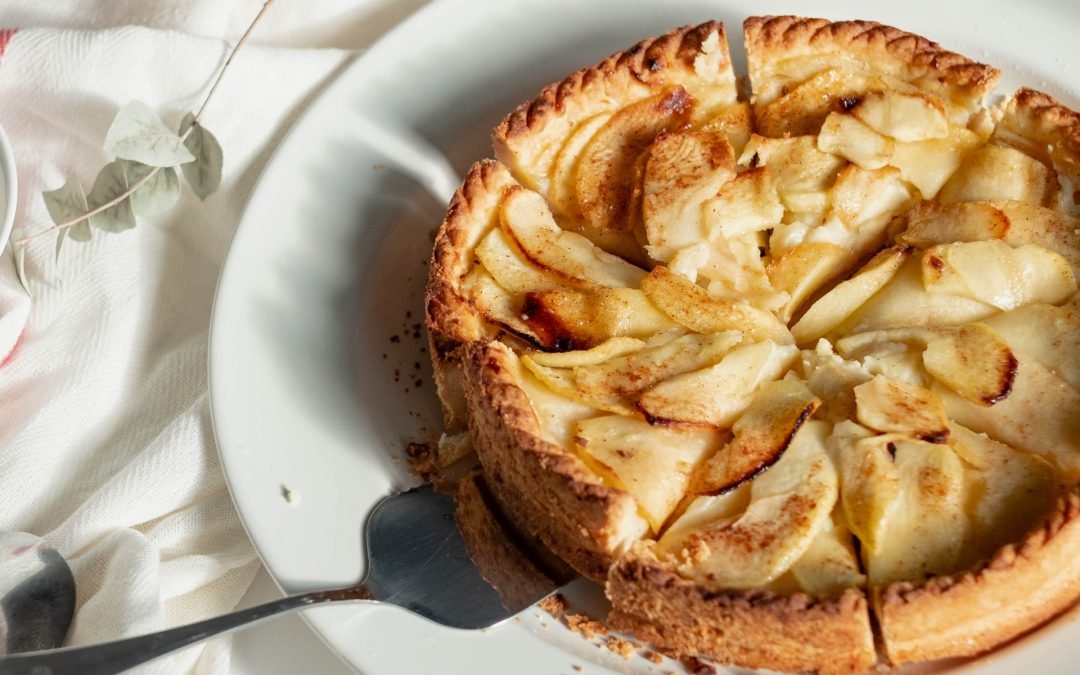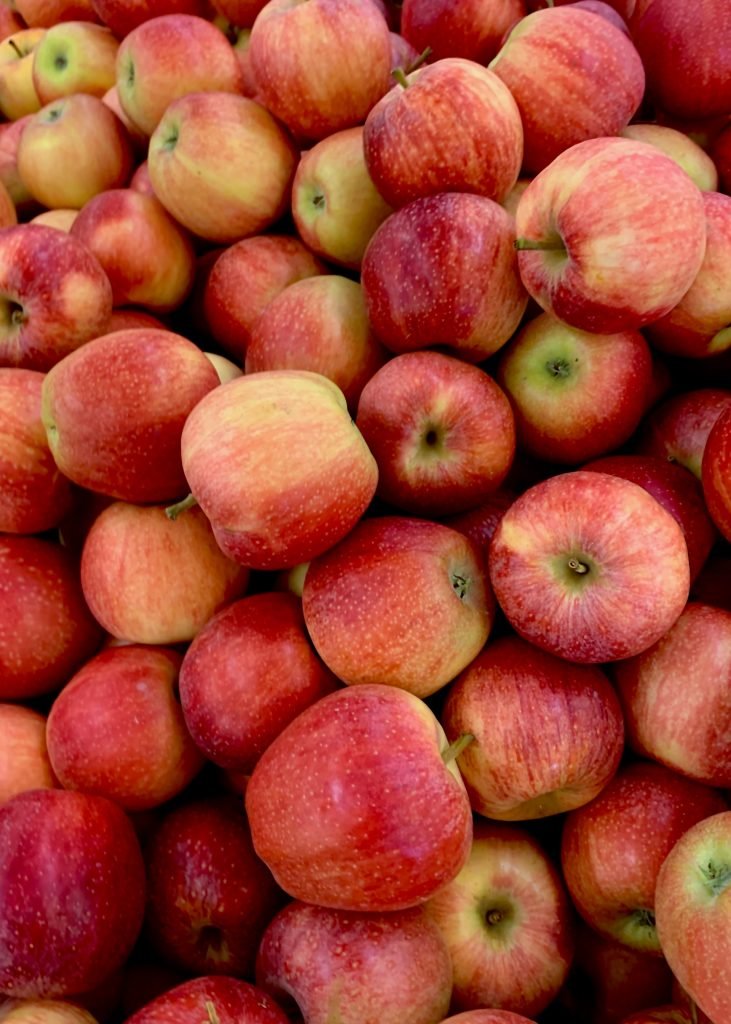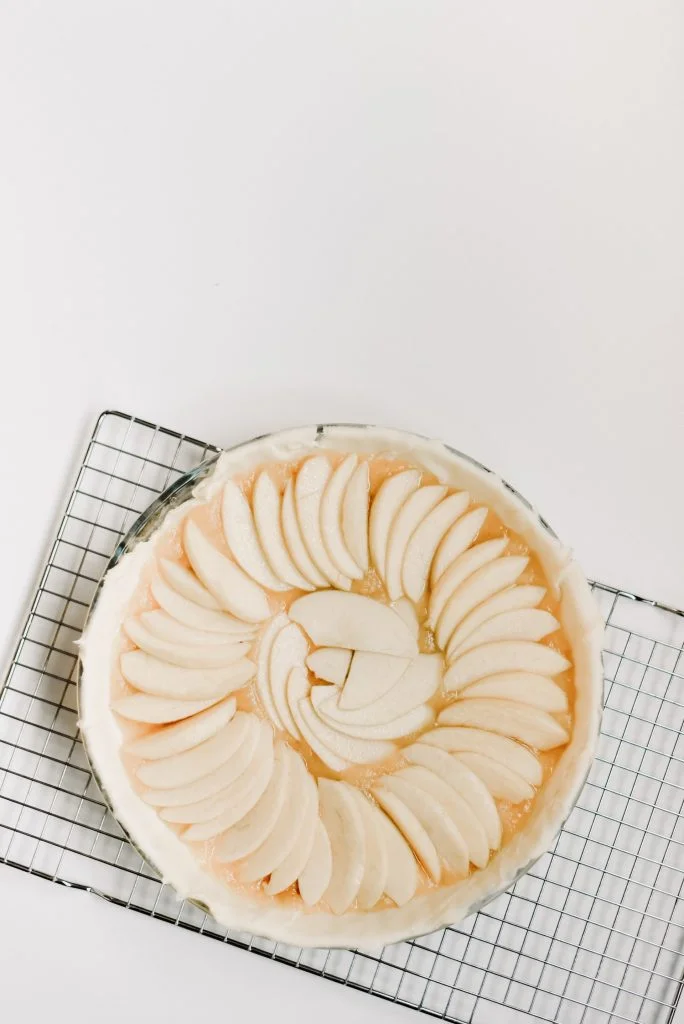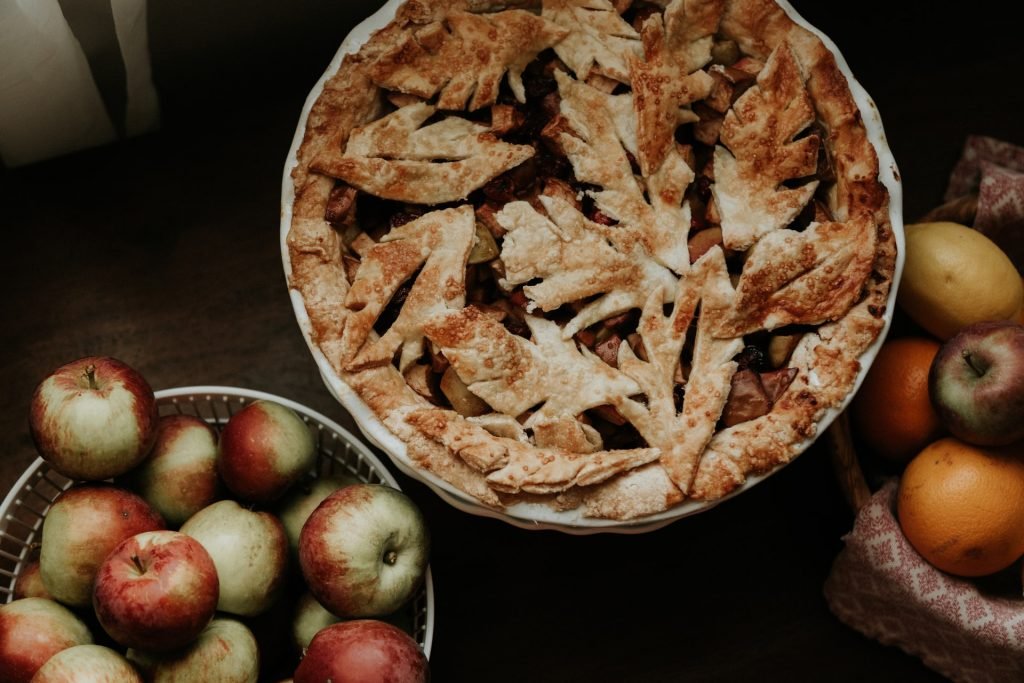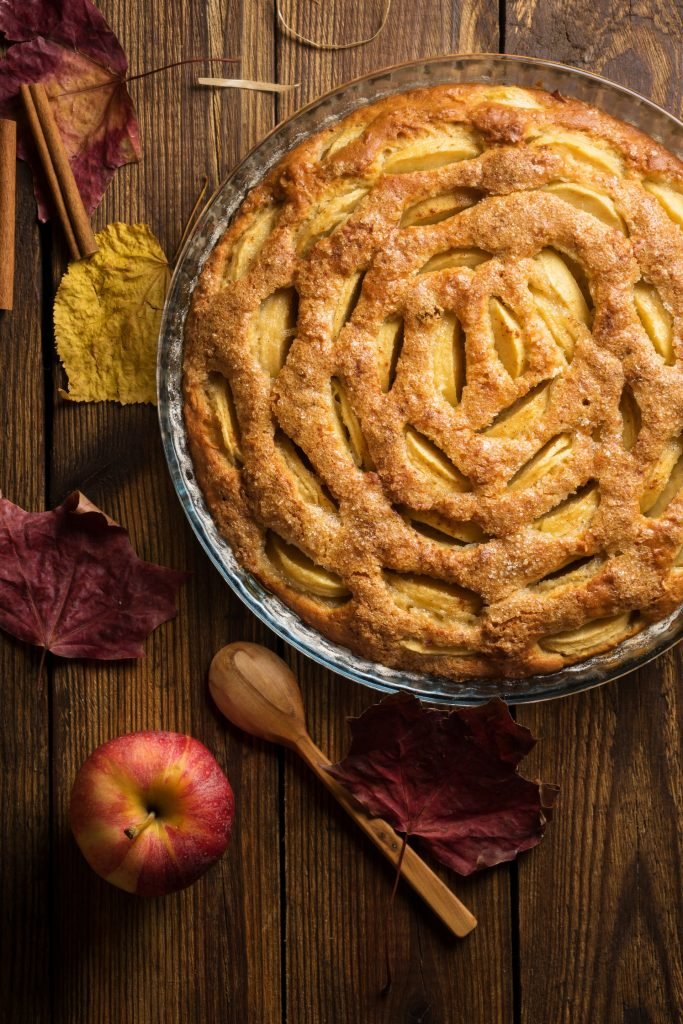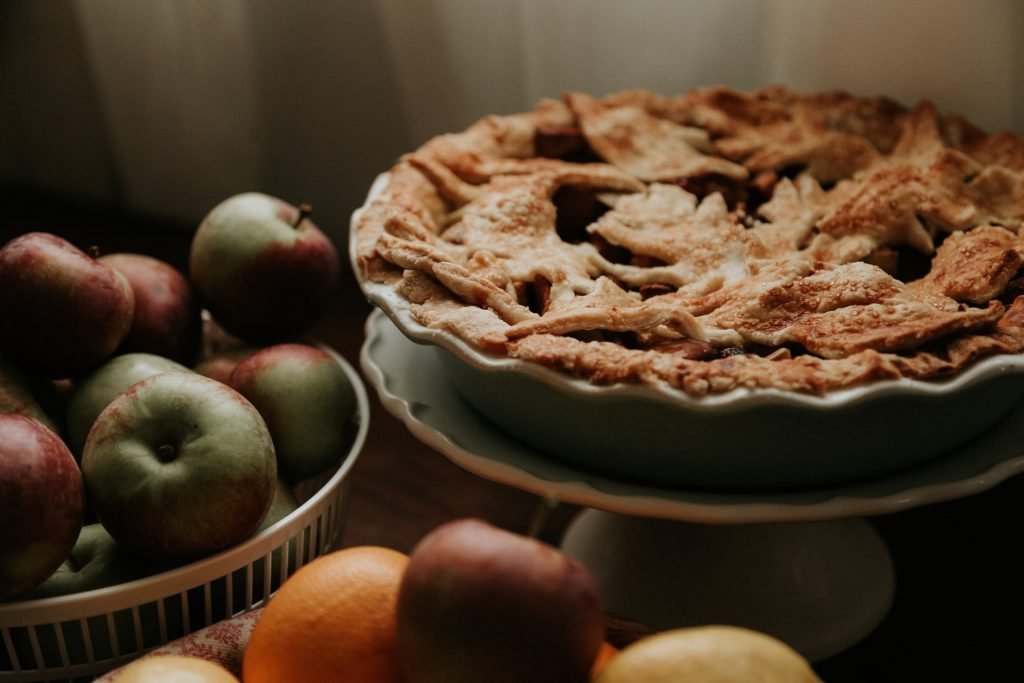Apple pies are one of the most delicious desserts that make you feel warm and fuzzy especially after eating a hearty meal with your family. If you are a big fan of apple pies and you want to try making it yourself, you’ve come to the right place.
At Pie Cutters, we will be sharing with you an article discussing fifteen mistakes to avoid when making an apple pie. This way, you will be able to make a delicious apple for you to share with your family and loved ones. If you want to know more information, we encourage you to keep reading below to find out.
Here are the fifteen mistakes that can happen while making an apple pie. Make sure to follow our tips and tricks so you can avoid them while making your very own version of a delicious apple pie.
1. Using the wrong type of apple – There are different types of apples out there, and choosing one for an apple pie can be a hit or miss, especially if you are not familiar with some of them or are a beginner baker. The apple is a delicious fruit, but not all of them can be used to make an apple pie.
Some apple varieties that are too soft are Red Delicious, Golden Delicious, and Macintosh, so they easily break down when baked in the oven. This can cause them to turn to apple sauce and make your apple pie too soggy. Avoid soft apples at all costs. You should use apples that are crispy and firm.
You can choose the following apples to use for your apple pie Fuji, Gala, Granny Smith, or Honeycrisp apples. When baked in an apple pie, they turn velvety soft but they retain their shape. You will not have to worry about ending up with a soggy apple pie.
2. Chopping the fruit into very small pieces – If you use a food processor, it can chop the apple into tiny pieces which will easily liquefy once baked in a hot oven. This will result in a runny and messy filling that will make your pie soggy and unappealing to eat.
When preparing the apples for your apple pie, you should avoid using a food processor. Instead, use a knife to chop them into at least 1/4 inch in size. Their size will be perfect for them to bake evenly and retain their shape that will not turn into mush. Do not use thick apple slices as they will not fully cook through and it will result in a raw filling.
3. Not using a thickener – When making a filling for an apple pie you should use a thickener such as cornstarch or flour. These ingredients will help thicken the filling made from the juices of the fruit and will prevent the pie filling from being too watery. A thickener like flour or cornstarch will help the ingredients bind and gel together. You should avoid a soupy and runny pie filling so always remember to use a thickener whenever you bake an apple pie or any pies that have a runnier filling.
4. Forgetting to store the dough inside the refrigerator while preparing the filling – When making an apple pie from scratch, always remember to store your dough inside the refrigerator to keep it cool while you are preparing your filling. Do not allow your dough to stay in a room or hot temperature areas even for a few minutes because it will allow the dough to thaw. This results in softening the butter, which can affect your finished crust, making it soggy and soft instead of crisp and flaky.
5. The pie has a soggy bottom – An apple pie with a soggy crust is one of the most common mistakes that you might run into while baking apple pies. This can happen due to underbaking, using a watery or runny filling, or a mixture of both. Here are some of the solutions to prevent your pie from having a soggy bottom.
You should be baking the pies until they are golden brown and the filling is bubbling. When using fruits like apples, you can use ground nuts or a light dusting of flour to prevent a watery filling. The flour will absorb any excess fluids from the filling. You can also brush the pie dough with an egg wash that will create an impermeable layer on the dough. This will prevent the excess liquids from making the crust soggy and soft.
6. The pie crust is hard and dry – This mistake can happen when the apple pie dough has been over kneaded. This usually happens when you use a stand mixer while preparing your pie dough. An overworked dough will feel tight and tough; this is a result of the gluten molecules that have been damaged. Because of this, it will not stretch but will only break when you roll it out with a rolling pin or try to pull it.
You should work your pie dough as little as possible and you use cold ingredients like water and butter; this will help the gluten relax. Perfect pie dough will have streaks of butter which will result in a flaky and buttery crust after baking.
7. Baking with a disposable pie plate – Using a disposable pie plate can be a great option for baking apple pies so you do not have to wash more plates after dinner. However, since it is nontransparent, checking the bottom part of the crust while cooking the pie will be impossible for you.
You must wait for your pie to become golden brown to know that it is fully cooked. If you want a flaky, crispy bottom crust that will hold its shape, you should avoid undercooking your crust because it will be soft, inedible, and easily falls apart. The best way to avoid this is by baking your pie in a glass dish that allows you to assess the progress of your pie baking.
8. The pie has too much filling – As tempting as it is to put as much delicious filling into your apple pie, you should not overfill it. When you overload the pie with too much filling, you risk having too much liquid in it, which can result in a wet, soft, and soggy pie crust. You must always follow what the recipe says. If the recipe is saying to use 6-7 medium apples, then do so, no more or less.
9. Baking the pie at the wrong temperature – When baking an apple pie, always use the right temperature. Never forget to pre-heat your oven; a cool oven will make your crust soft and soggy. You must follow what the recipe says. For more accurate readings, you can use an oven thermometer to check the temperature of your oven before you start baking your apple pie.
10. Baking the pie on the incorrect rack – An oven has different racks, so you should remember to choose the right one so that your apple pie dough will not become soggy and soft. If you are after a crust that has a firm, crisp, and flaky texture, you must bake your pie at the bottom rack. When you place your pie in the middle part, it will make your pie doughy and soggy.
11. Burnt pie crust – When baking an apple pie, you should know that not all pies are the same; some pies have fillings that may cook longer than their crust. This can cause them to burn more easily. You can use pie shields; they can protect your pie from the heat of the oven while allowing the filling of the pie to cook thoroughly. You can also use aluminum foil to prevent the crust from getting burnt.
12. The pie crust shrinks while baking – When baking an apple pie, always remember to use pie weights when blind baking the pie shell. You should also remember to store the pie shell in a cool area or refrigerator before baking. Make sure to chill your pie dough for at least 30 minutes before adding the filling, this will help your pie crust retain its size while you bake it.
13. The pie filling is spilling over while baking – This mistake can easily happen with lattice pies. You must pinch the edges of a double-crust pie to prevent the filling from bubbling over around its edges. If you are using a regular pie crust, you must make sure there’s a vent hole in the center of the crust; this will help release steam and prevent it from leaking its filling everywhere. You must bake your apple pie on a sheet pan in case the filling spills out while baking.
14. There is a big gap between the crust and the filling – This can occur when the apple pie is filled with big apple chunks. The top layer of the pie hardens while the filling is still cooking, so the filling can shrink down, leaving your pie with a huge gap between the filling and the crust. To prevent this from happening, cut your fruit into smaller pieces. You can also precook the pie filling so that it will not shrink too much during baking.
15. The pie crust is underbaked and inedible – If you are a novice pie baker, you should not be afraid of baking your apple pies at a high enough temperature. If your pie crust is underbaked, it will be raw, soft, and soggy making it inedible. When you use a lower temperature for baking the pie crust, the butter in the crust will just melt into the dough without evaporating so you will not get a flaky and crisp crust. You should be baking your pies at temperatures of around 425-450 degrees Fahrenheit. You can then reduce the temperature around 350-375 degrees Fahrenheit for at least 20 minutes until you get a golden brown pie and the filling is bubbling.
Baking an apple pie is much more attainable now that you know the fifteen mistakes to avoid while baking one. When serving apple pies, you should use pie tools that will keep your pies fresh and delicious for a long time. At Pie Cutters, we offer Stay Fresh Pie Cutters that come in 3 pie cutter sizes; you can also get the full pie cutter set for an easy and suitable pie experience. If you want to see our different products, you can visit this link. You can fill up this contact form if you have any questions or inquiries.
Are you looking for pie tools such as pie cutters to use with your apple pie? Pie Cutters is worth checking out. We currently offer different pie tools that you can use to keep your pies stay fresh for long a time. If you want to place an order or if you have any inquiries about our company or the products that we are offering please do not hesitate to contact us. You can call us at 1-800-774-0784, or send us an email at spark@bbsc.net. We are located at 32272 Amber Road, Lucerne Valley, California 92356. What are you waiting for? Let us help you bake and serve delicious pies today!

